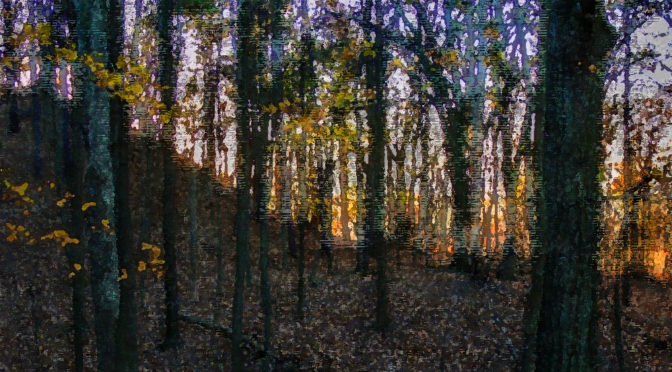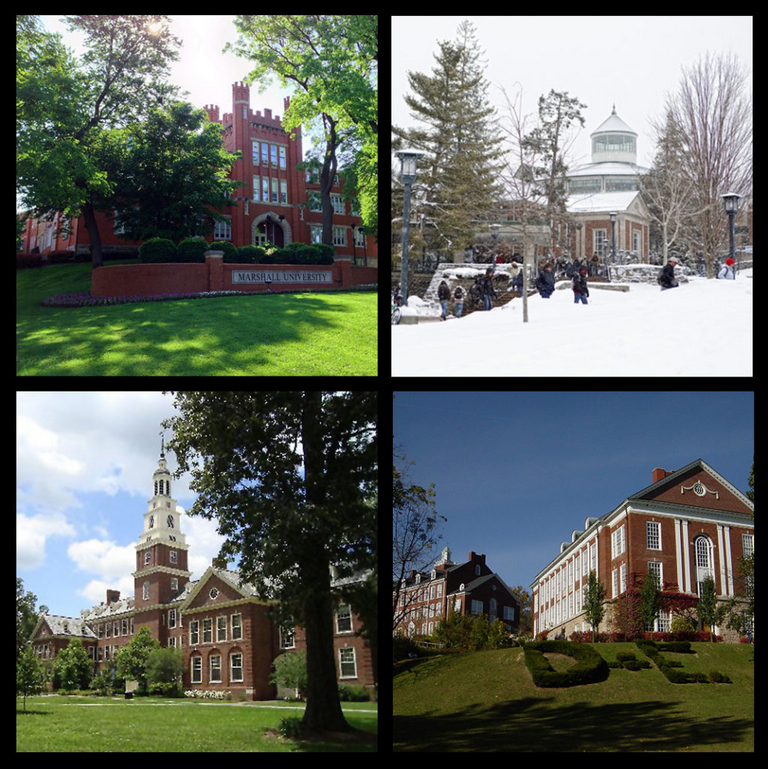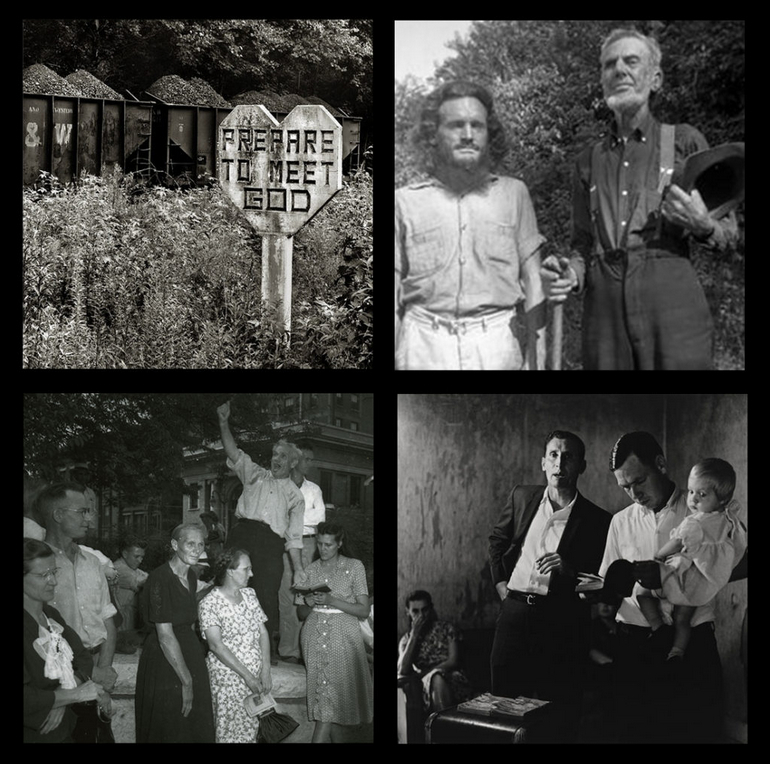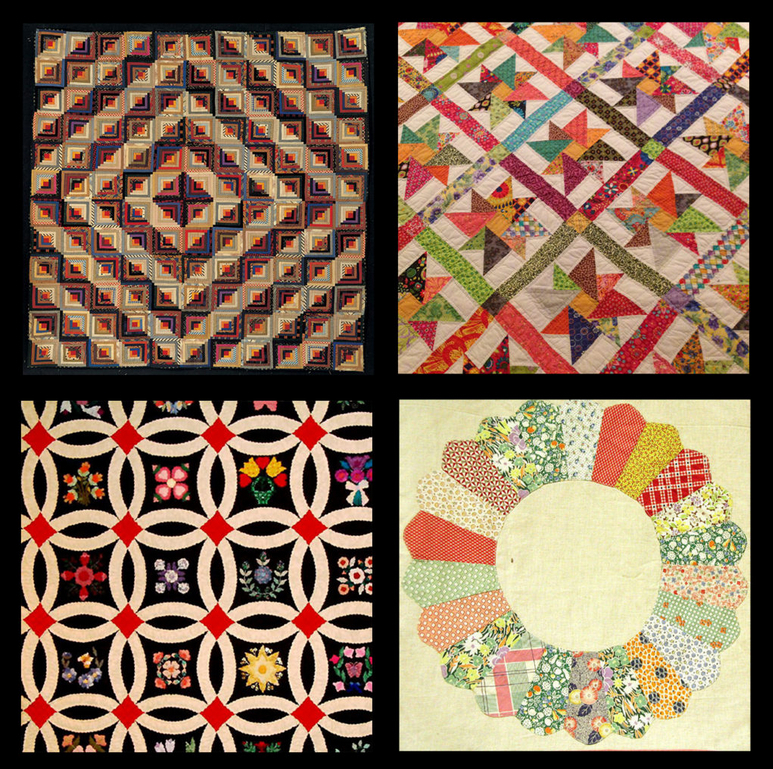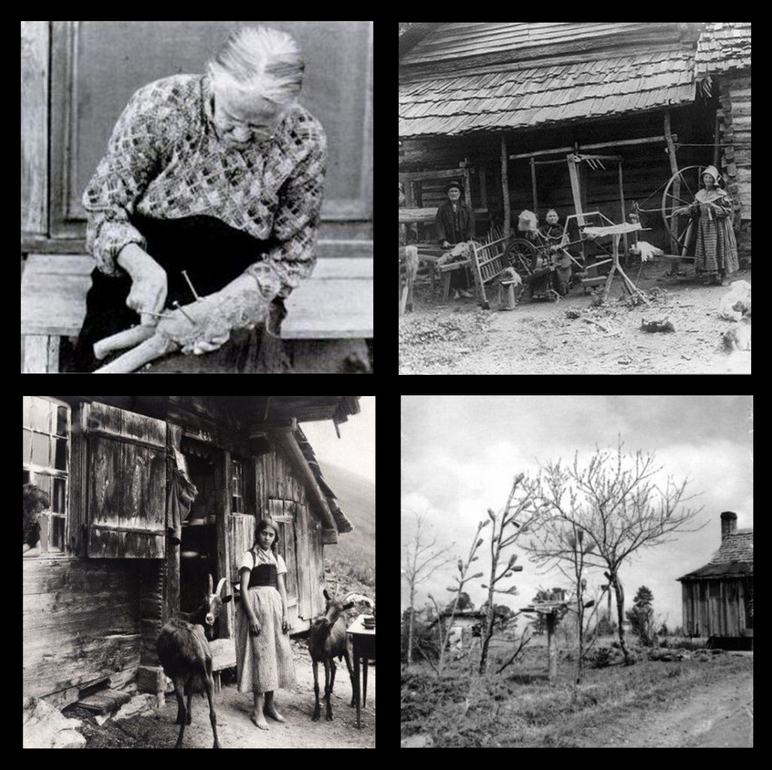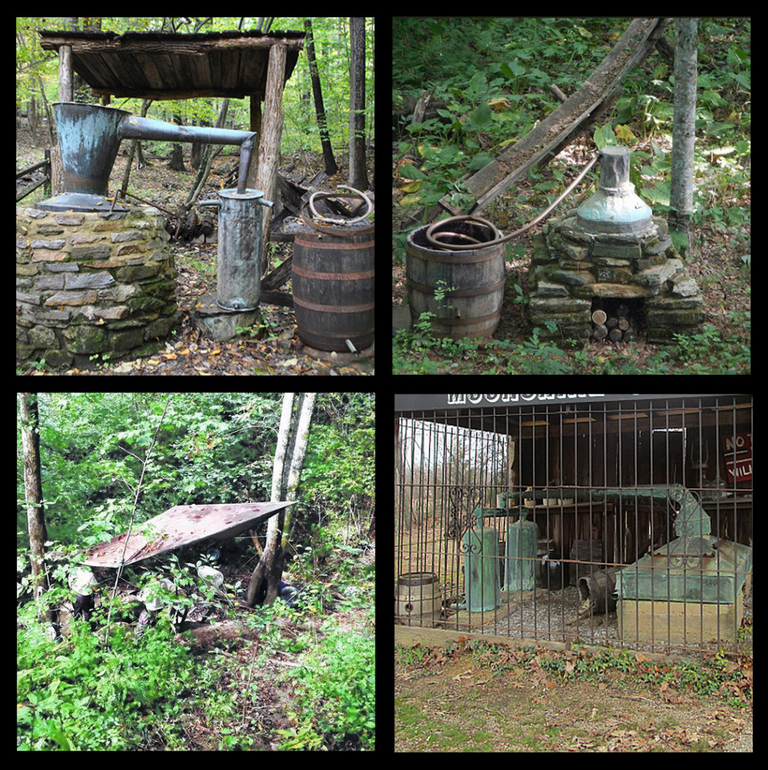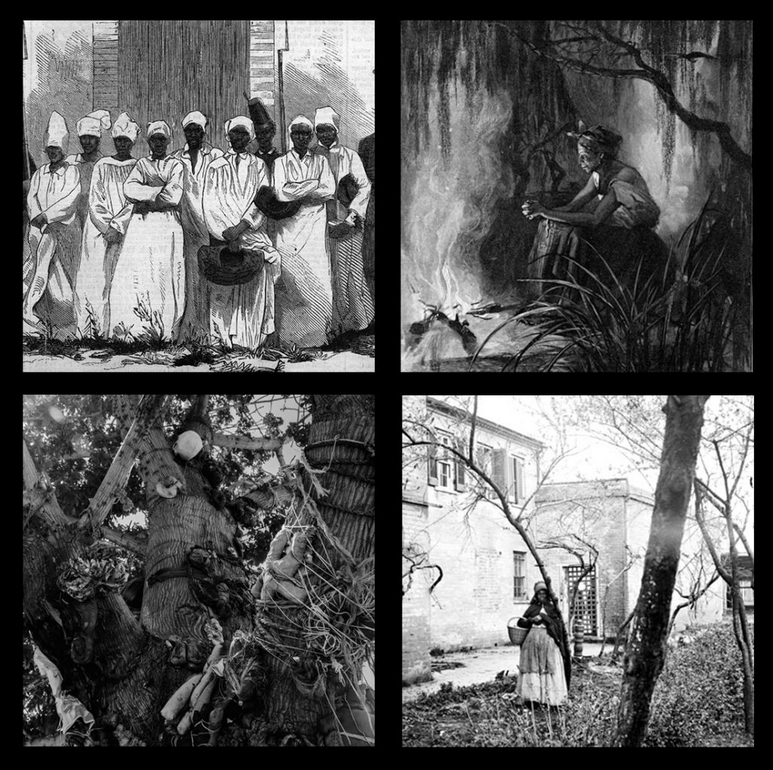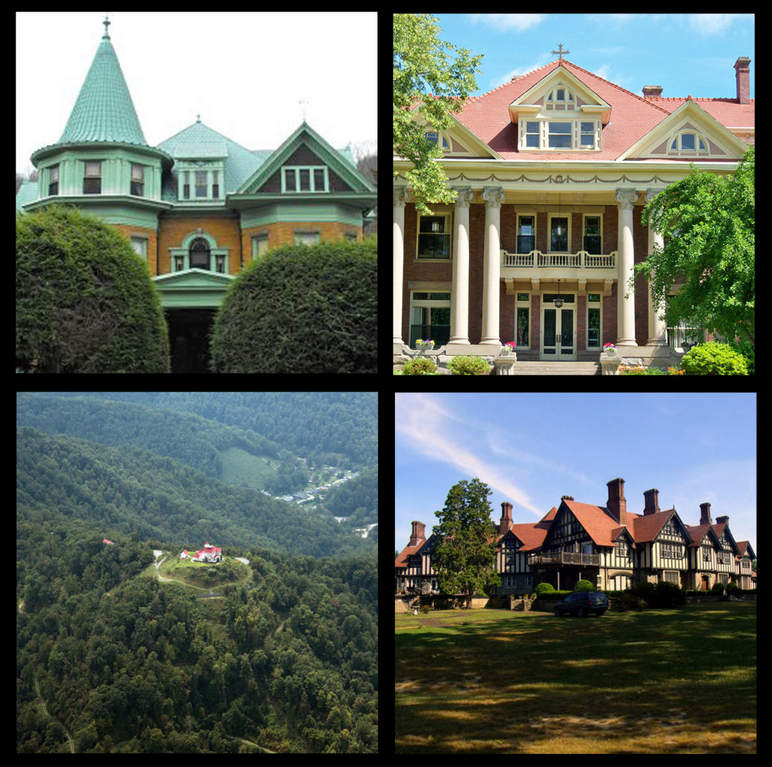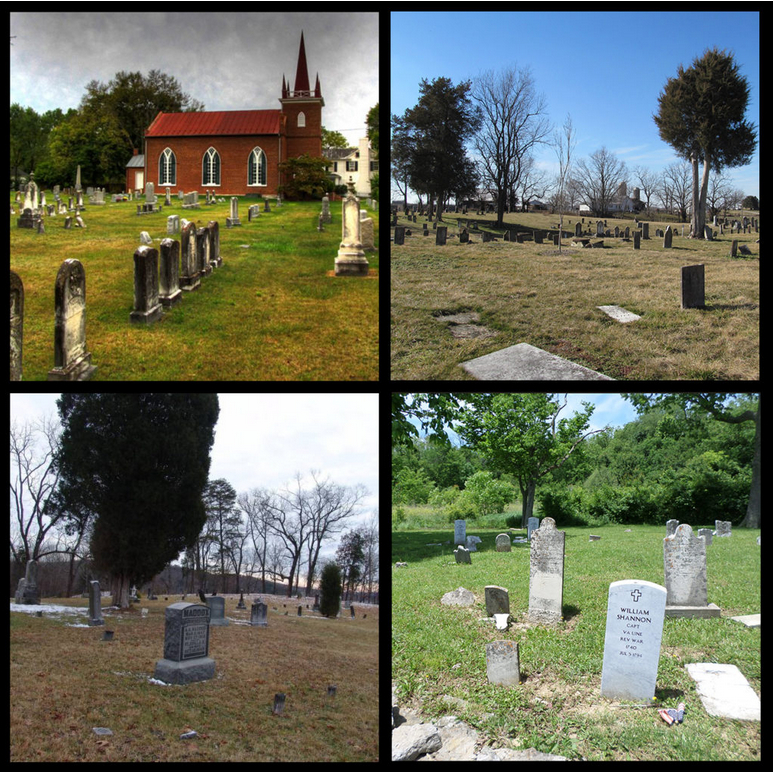Writing novels is all about creating alternative universes with stories that play out according to the laws the author creates, even if the novels are neither fantasy nor science fiction. People often ask how I create these worlds . . . so here’s a brief explanation, using This Madness of the Heart as the model.
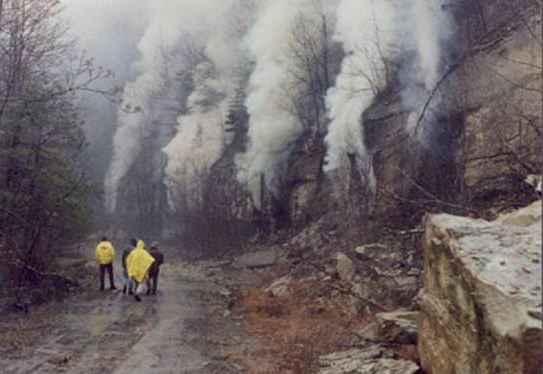
For me, creating a fictional world always begins with research—or at least research comes close on the heels of the original germ of inspiration (that is, if I want my created universe to resemble reality as we know it). Before I knew anything else about This Madness of the Heart, I knew I wanted to write a book about a sleazy preacher-man in a small college town deep in the old coal fields of Kentucky. Right there I had several general research subjects:
- the history of coal mining in Kentucky
- small towns in Appalachia, layout and architecture
- small Appalachian colleges, size, administration, issues, architecture
- different types of religious groups and pastors in Appalachia
And that was just the setting for the story. When I started considering the characters, research subjects literally popped out of the trees. For instance, Miranda:
- She lived in an Appalachian old-growth forest: what would it have been like?
- What was involved in gutting and remodeling a 100-year-old chapel for a home?
- Her hobby was quilting: I needed details of Appalachian quilting patterns and techniques
- She was researching Appalachian superstition: I needed to find reliable examples.
Jack Crispen was a military vet with PTSD, who worked as a carpenter and stained glass artist. In his spare time he was a caver and a binging drinker, so:
- What PTSD symptoms did military vets often experience?
- How would a single artist in a small studio make stained glass windows?
- I needed details on Kentucky caving
- What exactly was involved in making moonshine, and were there different kinds?
Viola Ricketts was the last living descendant of coal baron Obadiah Durham, whose entire family, except for himself, had died in a fire caused by a vodun curse that still haunted the family, so:
- I needed to know more about vodun among Southern plantation slaves
- What kind of home would a wealthy coal baron build in the mid-late 19th C?
And that doesn’t take into account things like the violent deaths of various sorts that I needed to study, or the characters’ names. To make sure that the names were authentic I spent a couple of days wandering through old graveyards, copying names off tombstones.
Of course, if I hadn’t had a fairly good grasp of much of my subject matter, I couldn’t have written the book at all. For instance, I needed no research in any of these areas:
- College faculties, departments, and their personal and political relationships
- Appalachian ecosystems and hiking trails
- Living with cats
- Teaching religion and doing first-hand research using a phenomenological model
- Religious charlatans
- Southern and/or Appalachian society
- Southern/Appalachian worship practices
- World religions
- Spiritual/paranormal phenomena
- Women’s support groups
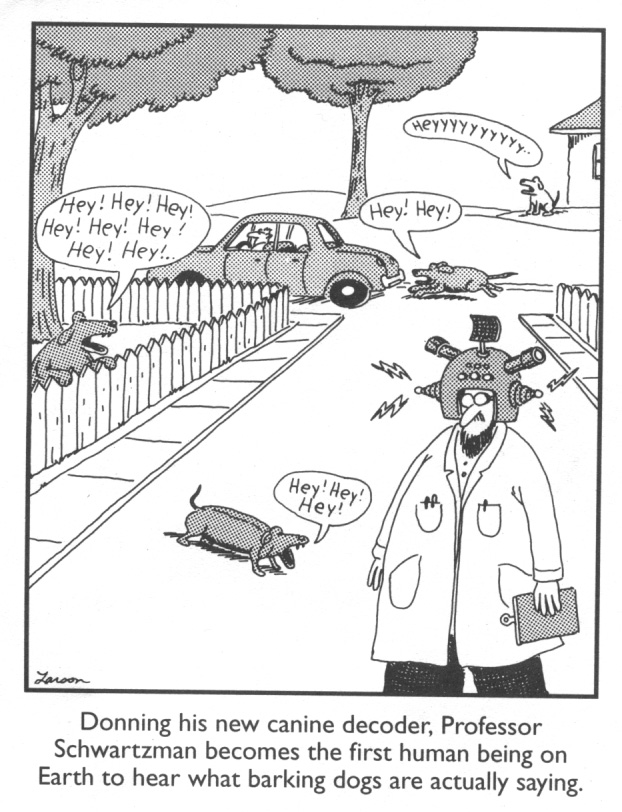
And then there are the maps. I always make maps to help orient myself geographically in the broad area where the story takes place. Madness has one of my maps inserted just before the first chapter (below). I often make interior plans of buildings as well, especially if they’re large.
Once I’ve mastered what I see as the essential research topics, I soon start feeling the need to write, whether the plot is complete or not. Having the broad strokes of my new world laid down allows me to begin weaving imaginary details freely. I know the practical limits and essential imagery involved in every aspect of the story. It’s kind of like understanding the basic skills, proportions of ingredients, and appliances involved in baking a cake before deciding to create new recipe. Some things you can change as you will, other changes result in disaster!

